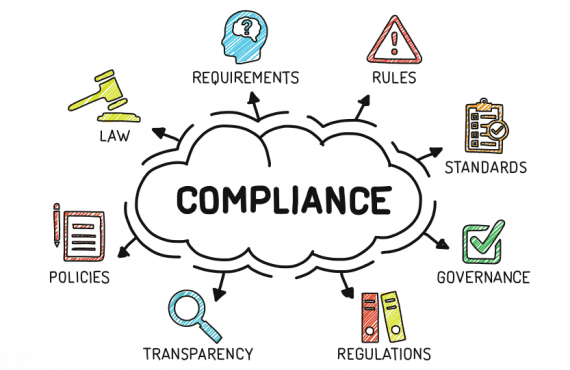Having a clear definition of what constitutes sexual harassment and discrimination in the workplace is the cornerstone to dealing with all such incidents.
Sexual harassment means unwelcome sexual advances, requests for sexual favors, and other verbal or physical conduct of a sexual nature. According to the US Equal Employment Opportunity Commission (EEOC), this behavior must “unreasonably interfere” with an individual’s work performance, or create “an intimidating, hostile, or offensive work environment.”
Sexual discrimination, on the other hand, includes offensive and threatening behaviors toward others based on sex, pregnancy, or, in some cases, sexual orientation.
Harassment, therefore, differs from discrimination in that the former includes offensive behavior, actions, or communications that are threatening, disturbing, persistent, and unlawful. This includes threatening or abusive language, dirty and/or inappropriate jokes, inappropriate touching, or any unwelcome verbal, graphic, or physical behavior relating to an employee’s sex. In this regard it is important to understand that sexual flirtation or innuendo, and even vulgar language that is trivial or merely annoying, would probably not establish a hostile environment.
Once these definitions have been used to firmly establish a genuine case, there are a number of factors which have to be studied in the resulting investigation:
• The circumstances, such as the nature of the sexual advances
• The context in which the alleged incidents occurred
• A determination on the allegations based on case-by-case facts
• Determining whether sexual conduct is “unwelcome”
• Evaluating evidence of harassment
• Determining whether a work environment is sexually “hostile”
• Holding employers liable for sexual harassment by supervisors; and
• Evaluating preventive and remedial action taken in response to claims of sexual harassment
Only once all these factors have been investigated, will any conclusion as to remedial actions be taken. All of this underscores the importance of having a clear definition of what constitutes the original offense.
























































